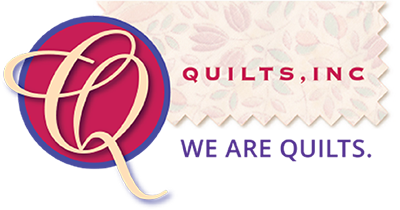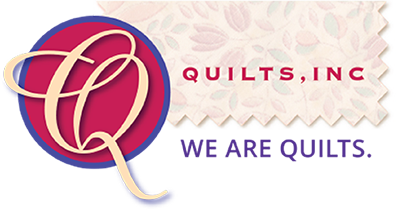Quilts are great communicators, as we who love quilts well know. In earlier times, when so few avenues were available to women to express themselves, quilts often served the purpose of a creative outlet and sometimes even a safe platform for articulating beliefs, opinions, or life situations when no other medium was accessible.
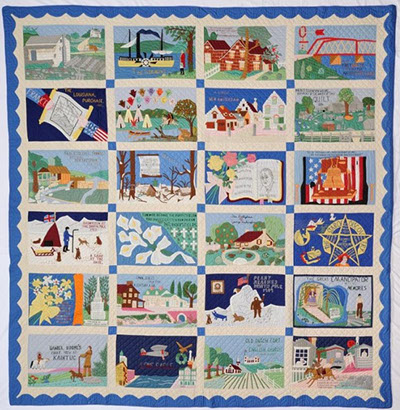
Additionally, a quilt is a tangible record that can reveal a great deal about its maker’s economic status, social rank, religious faith, political viewpoint, mathematical skills, marital hopes, civic engagement, friendships, race, and on and on. The North Carolina Museum of History in Raleigh is showcasing the remarkable ability of quilts to communicate in its current exhibit: QuiltSpeak—Uncovering Women’s Voices Through Quilts.
Forty stunning quilts from the Museum’s collection dating from 1781 up to 1979 are on display, along with in-depth interpretive signage. A series of 18 short films showcase some of the quilts with actresses portraying the women who made them. The entire exhibit is designed to illustrate the ways in which women “spoke” through their quilts, revealing poverty or privilege, sadness or celebration, frugal ingenuity, patriotism oppression due to race or gender, and more.
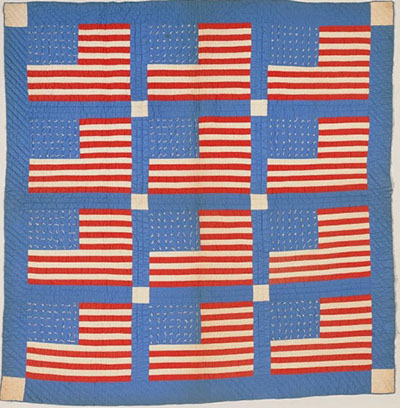
One interesting quilt was made by a woman out of ribbons from the floral arrangements received for her husband’s funeral. Others include a scrap quilt made by a Native American woman from North Carolina’s Waccamaw Siouan community; several made of old clothes and feed sacks by African-American quilters; one featuring over 400 wool suit swatches collected by a woman whose husband owned a dry goods store; a delightful “history” quilt with original appliqué scenes; and a “fancy” quilt featuring fine materials and intricate quilting made by a prosperous bride for her wedding day.
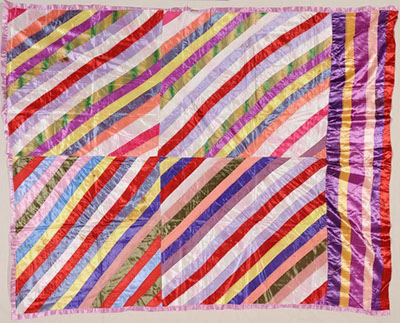
The exhibit is organized in such a way as to inform viewers about how such things as the types of fabrics and the quantity and quality of stitching can provide insight into the quiltmaker’s fiscal conditions and the amount of leisure time she possessed. Hands-on activities allow visitors to learn how to “speak quilt” with an interactive quilting glossary. Guests are encouraged to become “quilt sleuths” in order to interpret what the physical qualities of the quilts reveal about their makers. Visitors are also invited to share their own stories about how quilts have influenced their lives.
“Each quilt in the exhibit represents an example of female self-expression, whether consciously or less intentionally, and each has a story to tell,” says exhibit curator Diana Bell-Kite. “By uncovering the long-silenced voices of the women who created these bedcovers, QuiltSpeak ultimately seeks to expand and complicate our understandings of who made history and how. Some of these voices have long been silenced by illiteracy, exhaustion, racial oppression, and gender inequity. But if we know how to listen, we can understand what the quilts are saying. They speak of skill and power. They speak of economy and ingenuity. They speak of memory and forgetting. They reveal the experiences of women whose lives skirted the periphery of written history.”
If you are in the Raleigh area, you will not want to miss QuiltSpeak, but hurry! The exhibit is set to close on March 8, 2020.
For more on the QuiltSpeak exhibit, visit www.ncmuseumofhistory.org/exhibits/quiltspeak
